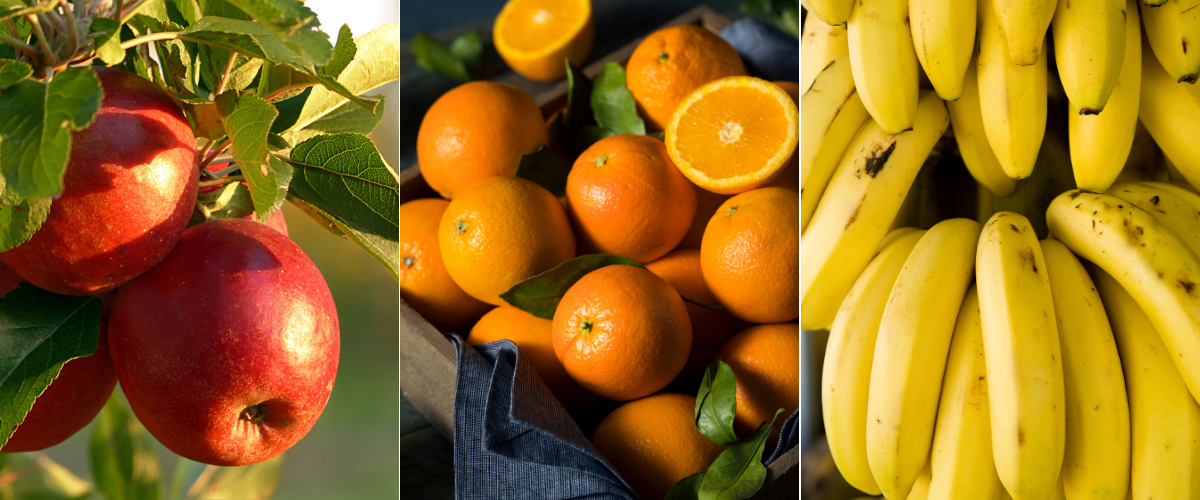Feeling a little peckish, but you’re on a budget and don’t know what food to go for? Perhaps you’ve already decided you wanted to taste the zestiness and sweetness of a delectable fruit. But with so much fruit to choose from, with a variety of costs associated with them, just what fruit should you go for?
In this guide, we will be comparing the best three fruits that offer the best taste, shelf life, and nutritional benefits within a moderate to low budget. So join us on our succulent journey into the world of The Top Three Fruits To Eat On A Budget.
A Brief History Of Fruit Farming
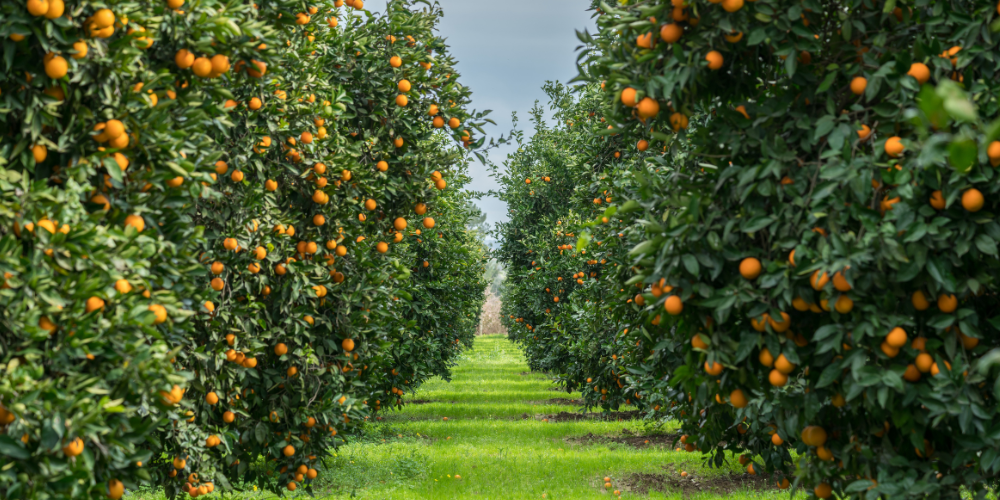
While the history of agriculture dates back to over 10,000 years ago in Mesopotamia, the first distinct evidence of fruit cultivation stems from the hanging gardens of Babylon, which were also noted as one of the seven wonders of the ancient world.
The irrigated gardens of Babylon would be adopted by the Egyptians as early as 2700BC, and the Arabs built fruit gardens as a place of rest and relaxation for the wealthy.
The Ancient Greeks constructed walled gardens to grow their olives, figs, and dried fruits. The Ancient Roman gardens, or “hortus,” had fruit, aromatic plants, and foodstuffs in their interior. These gardens were a place to relax and were adorned with fountains and sculptures.
By the end of the 1,500s, plants from the Americans began to travel across Europe, such as potatoes, beans, and tomatoes, while many European and Asian plants reached the American continent, especially those that were most useful to the settlers.
From this point, technical and technological achievements contributed to the vast number of improvement methods that were able to guarantee greater quantities and better quality fruits being able to be distributed worldwide.
Our Top Three Fruits
1. Apple
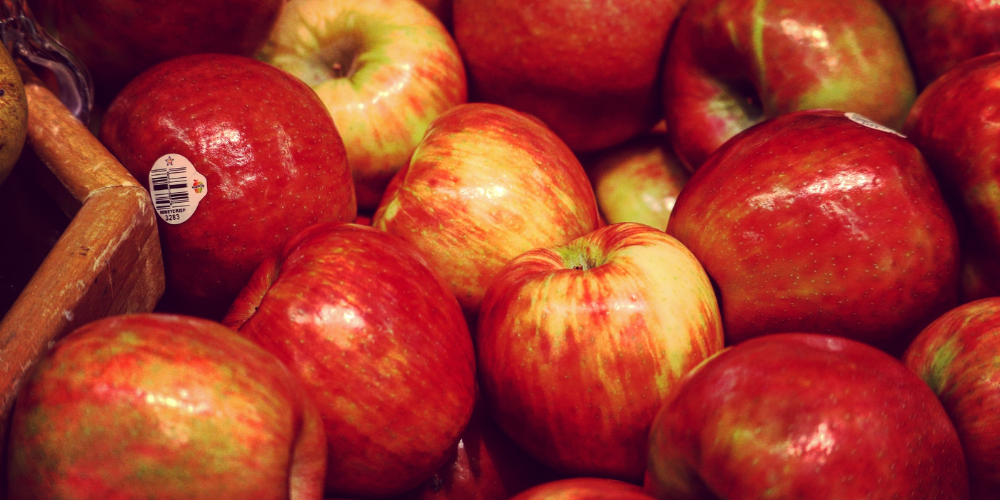
The apple is a round, slightly tapered at the bottom hard fruit which can be peeled, isn’t necessary. The apple is beloved worldwide for its crispy texture and balance of sweet and tart flavors. The Apple is quite versatile, having over 7,500 species grown worldwide, with The Gala, The Red Delicious, and The Granny Smith being the most popular and common varieties in America. The apple is a great source for those looking for more Fiber and Vitamin C.
2. Orange
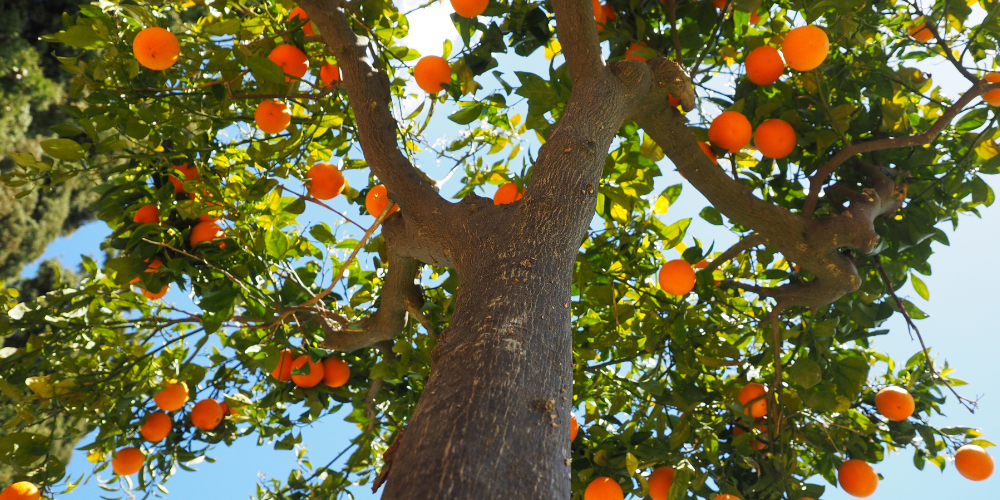
The Orange is a round porous skinned fruit whose surface needs to be removed in order to be consumed. The Orange is known worldwide not only for its color but also for its juicy and zesty insides rich in Vitamin C that pack a punch of citrus flavour. There are over 600 species of orange fruit worldwide, the most popular being The Naval Orange, The Blood Orange, and The Cara Cara Orange.
3. Banana
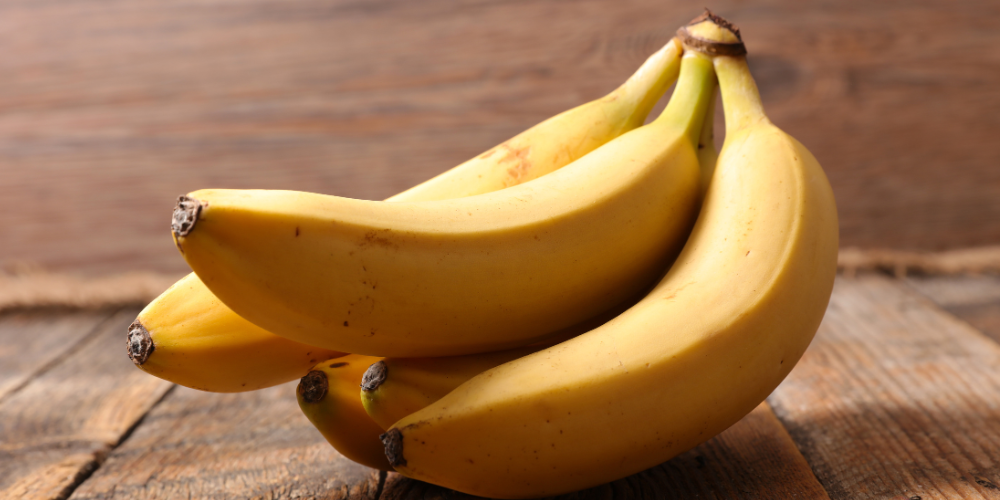
The Banana is a long, curved, cylindrical-shaped fruit whose peelable skin sits atop the soft, creamy fruit and tappers on both ends. Bananas have a creamy and sweet texture packed with potassium. There are over 50 different species of bananas with over 1,000 different varieties to choose from, with the most popular of all the bananas being The Cavendish Banana.
Comparisons
1. Texture and Taste
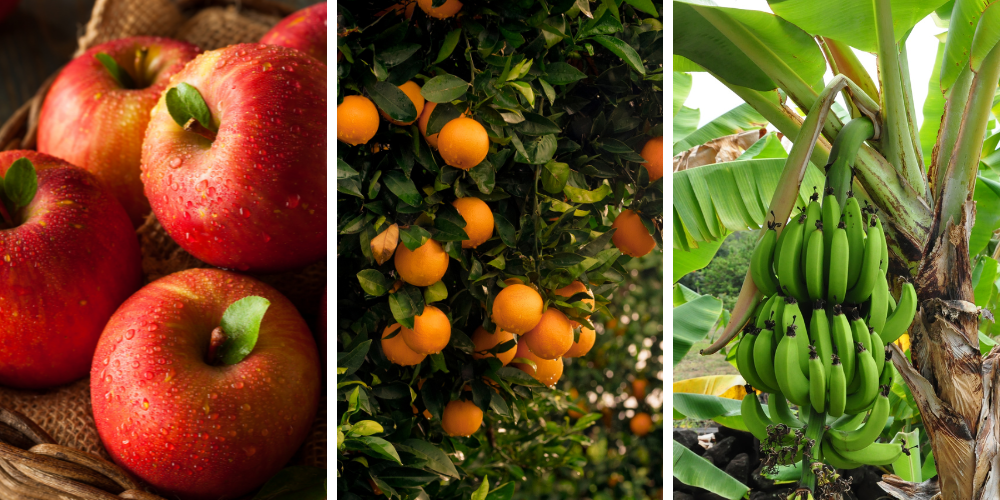
Apple: The apple is a crisp, sweet, and tart-tasting fruit with a dense and juicy flesh that has a satisfying crunch each time you bite into it.
Orange: The Orange is a juicy and tender fruit with a bright and tangy citrus flavor. The Orange is separated by segments inside that are soft and can be easily taken apart and are enveloped in a slightly chewy, fibrous membrane.
Banana: Bananas have a soft, creamy texture that becomes more pronounced as they ripen. Their taste is sweet and creamy, which intensifies over time the more the fruit ripens.
2. Nutritional Content
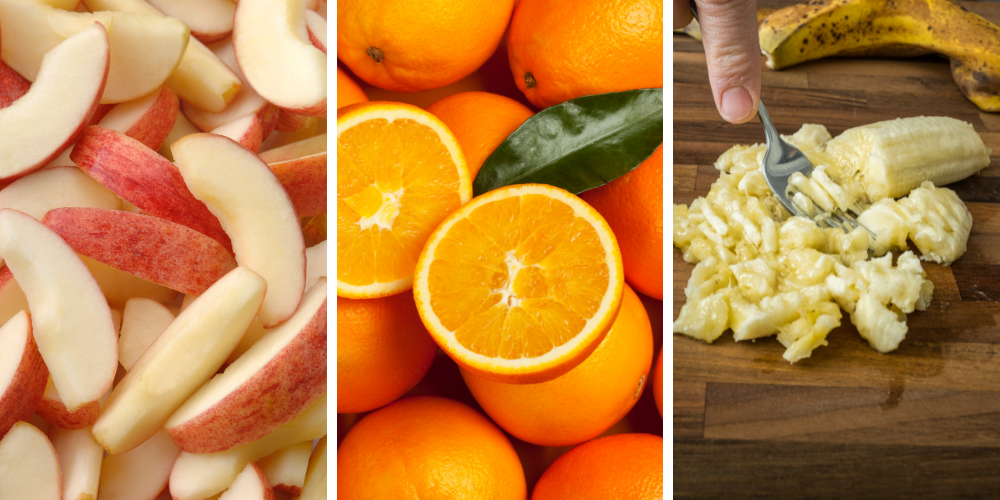
Apple: Apples are a great source of dietary fiber and vitamin C. They also provide potassium and are low in calories. The apple’s skin contains quercetin, an antioxidant that promotes heart health.
Orange: Renowned for their high vitamin C content that has immune-boosting properties, oranges also provide significant amounts of folate, fiber, and antioxidants.
Banana: High in potassium, bananas are also rich in vitamin B6 and fiber. Bananas offer benefits for digestion, heart health, and energy levels.
3. Availability and Seasonality
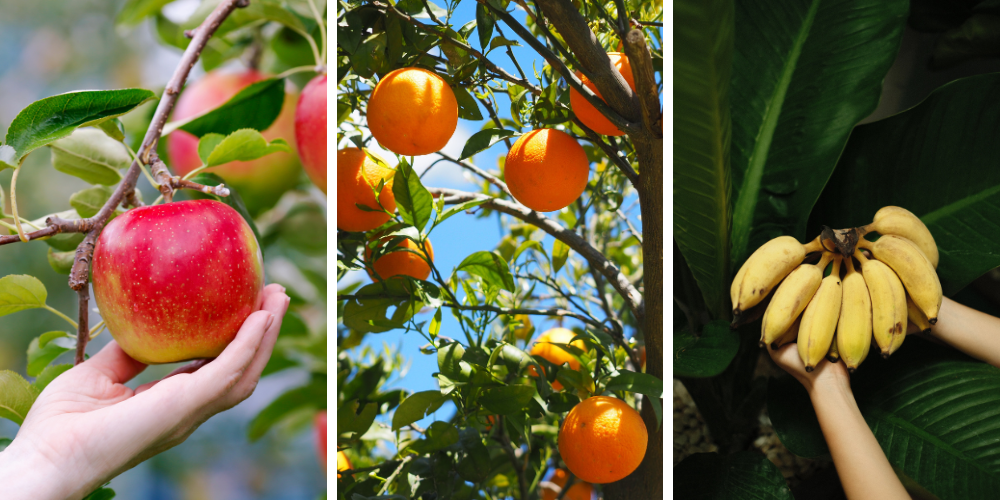
Apple: Apples are widely available year-round and have a peak season from late summer through autumn. Apples store well, which helps to extend their availability throughout the year.
Orange: Typically harvested in winter through to the spring, oranges can vary in availability based on variety. They do not have as long a shelf life as apples but can be stored in a cool, dry place.
Banana: Bananas are harvested year-round in tropical regions, making them consistently available in markets worldwide. They ripen after harvesting and should be eaten within a few days once ripe.
Pros and Cons
Apple
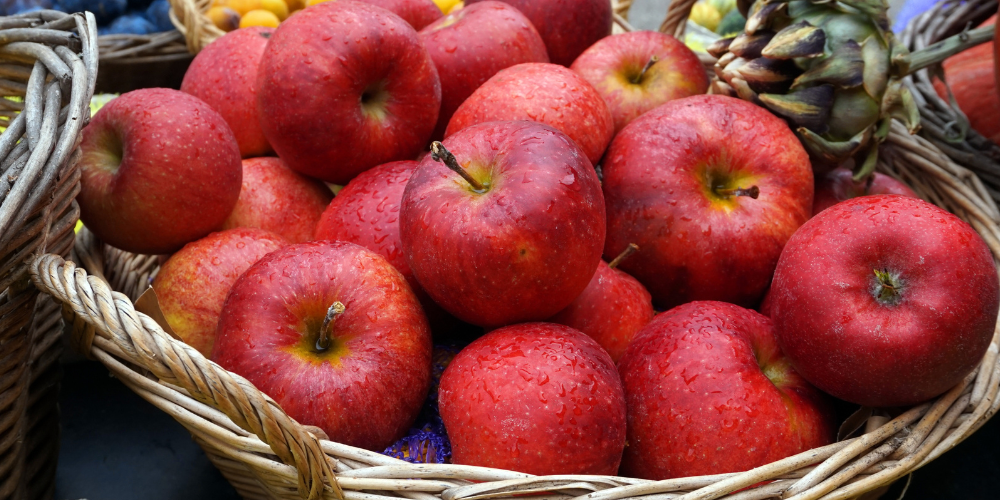
|
PROS
|
CONS
|
|---|---|
Orange
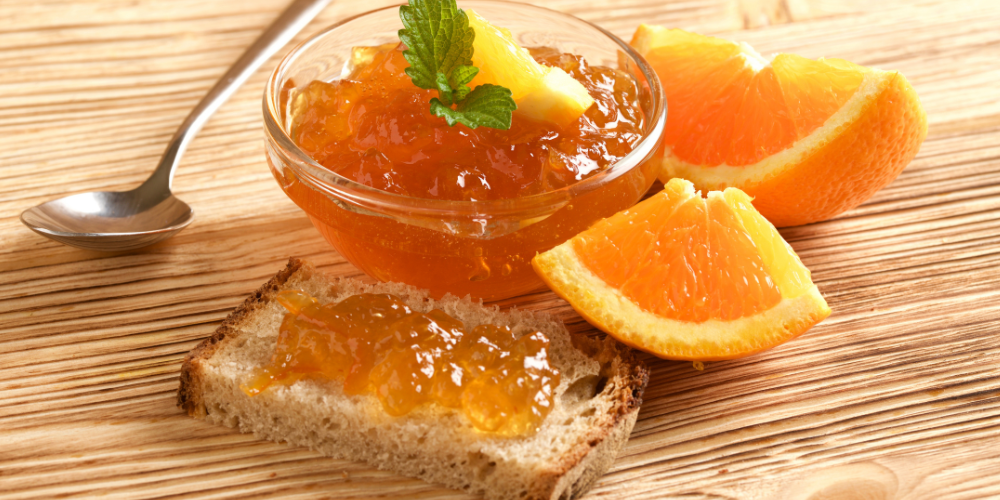
|
PROS
|
CONS
|
|---|---|
Banana
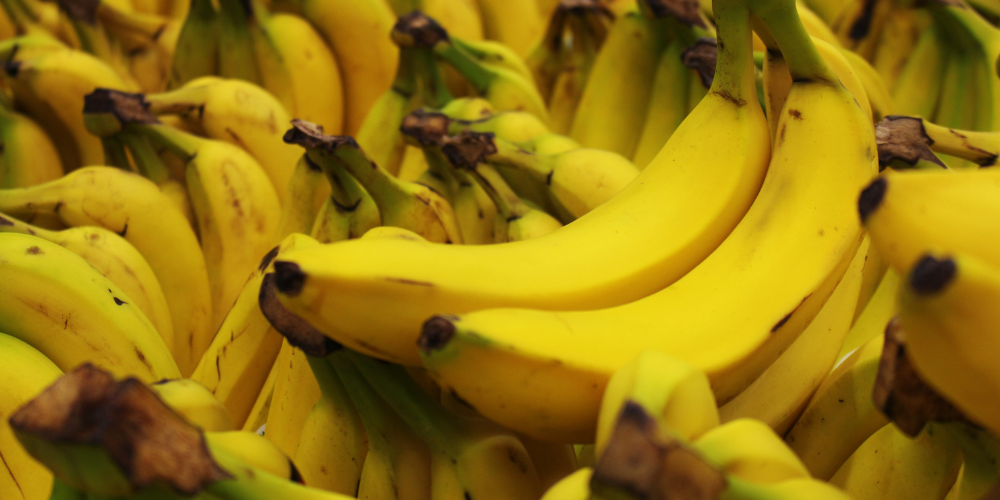
|
PROS
|
CONS
|
|---|---|
Conclusion
While apples, oranges, and bananas each bring their own unique flavors, textures, and nutritional benefits to the table, the choice between them will come down to your own personal preference and specific dietary needs.
Apples, with their crisp texture and versatility, are perfect if you’re looking for a fruit that complements both sweet and savory dishes and offers health benefits like improved digestion and antioxidant properties.
Oranges are ideal for when you need a vitamin C boost and appreciate a juicy, tangy flavor, but don’t mind the potential mess.
Bananas are the go-to for easy, portable snacks that provide quick energy and are rich in potassium, making them a terrific choice if you’re an athlete or busy professional.
